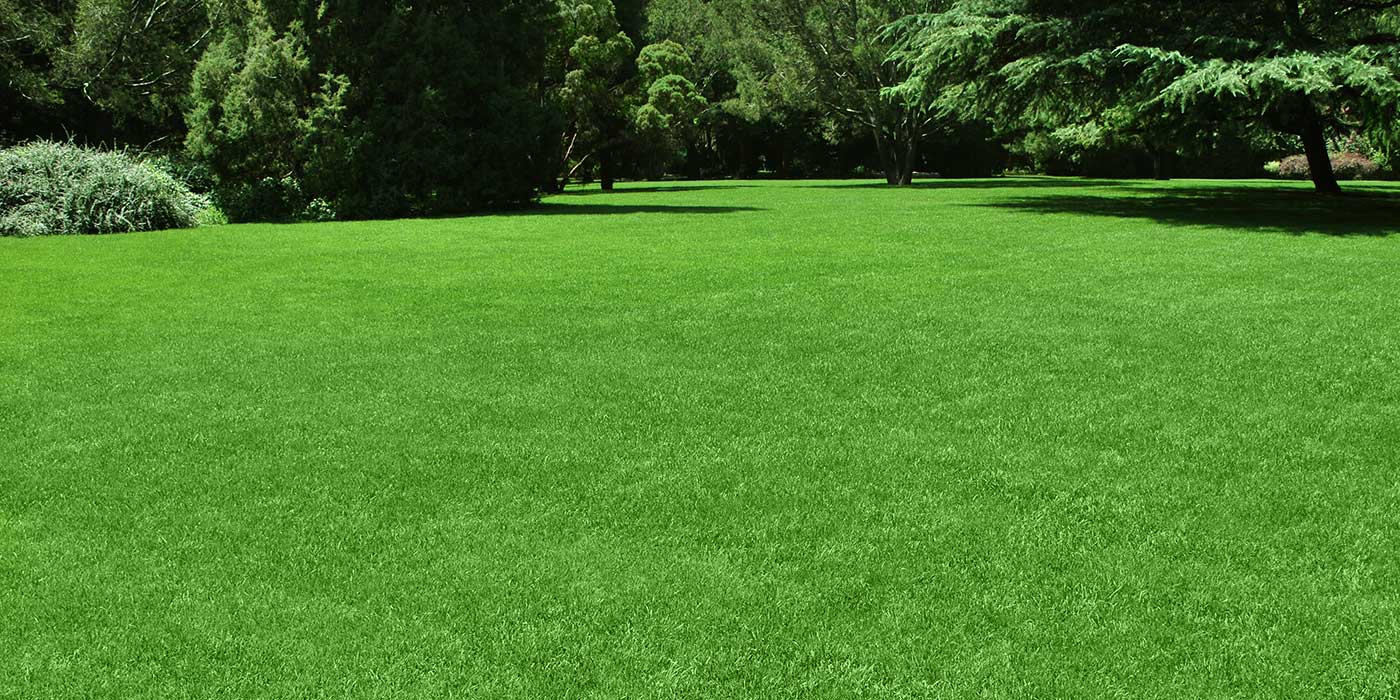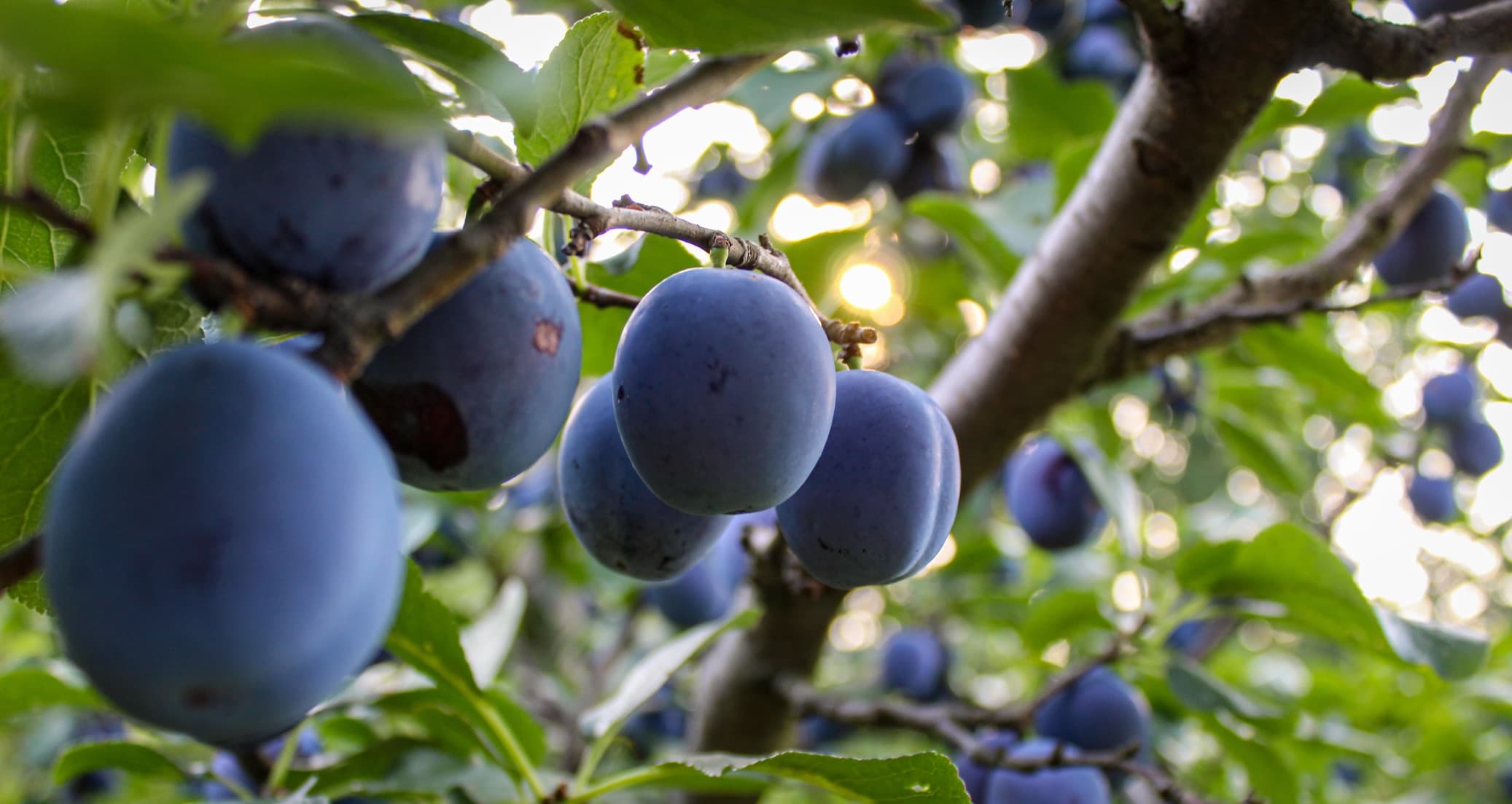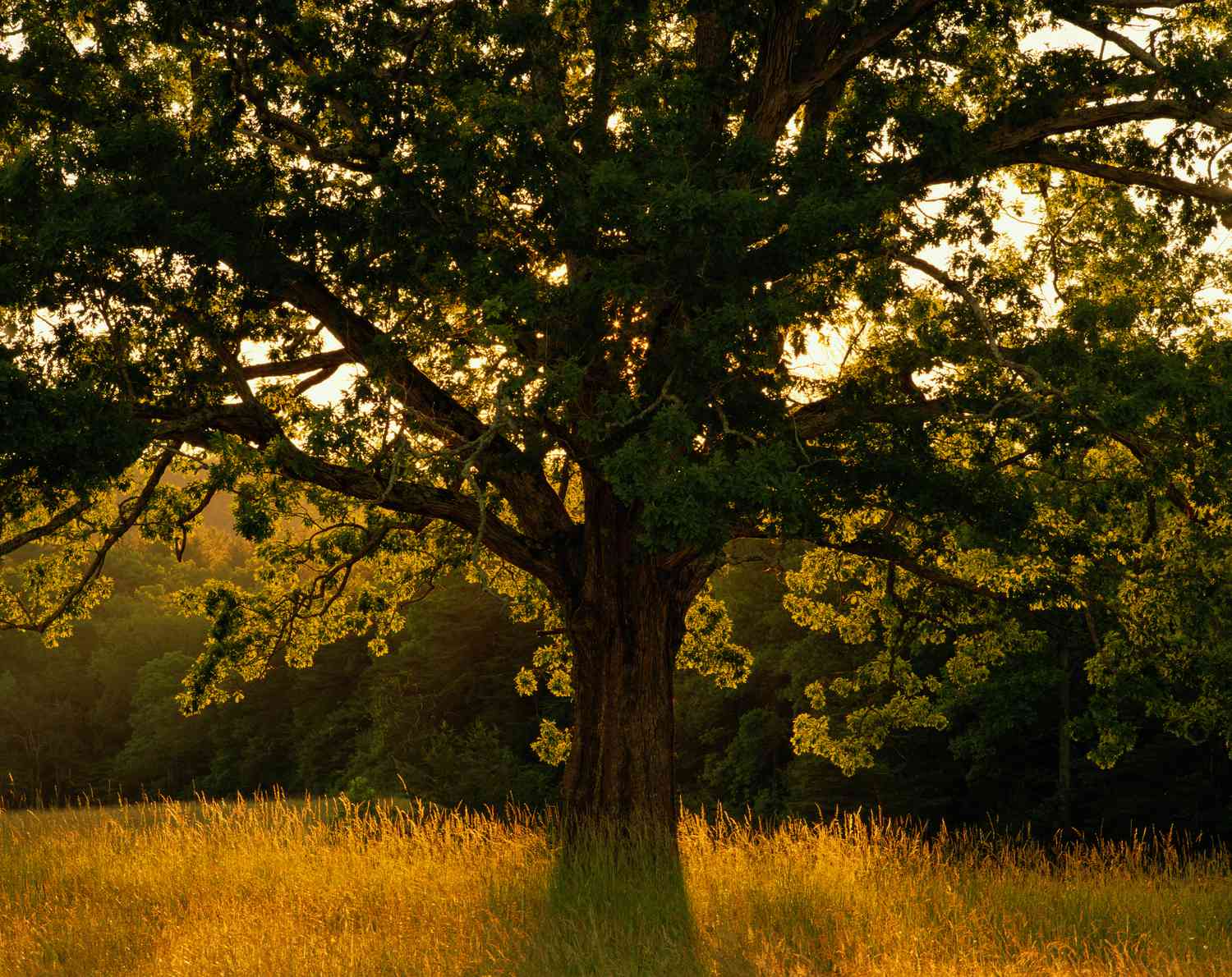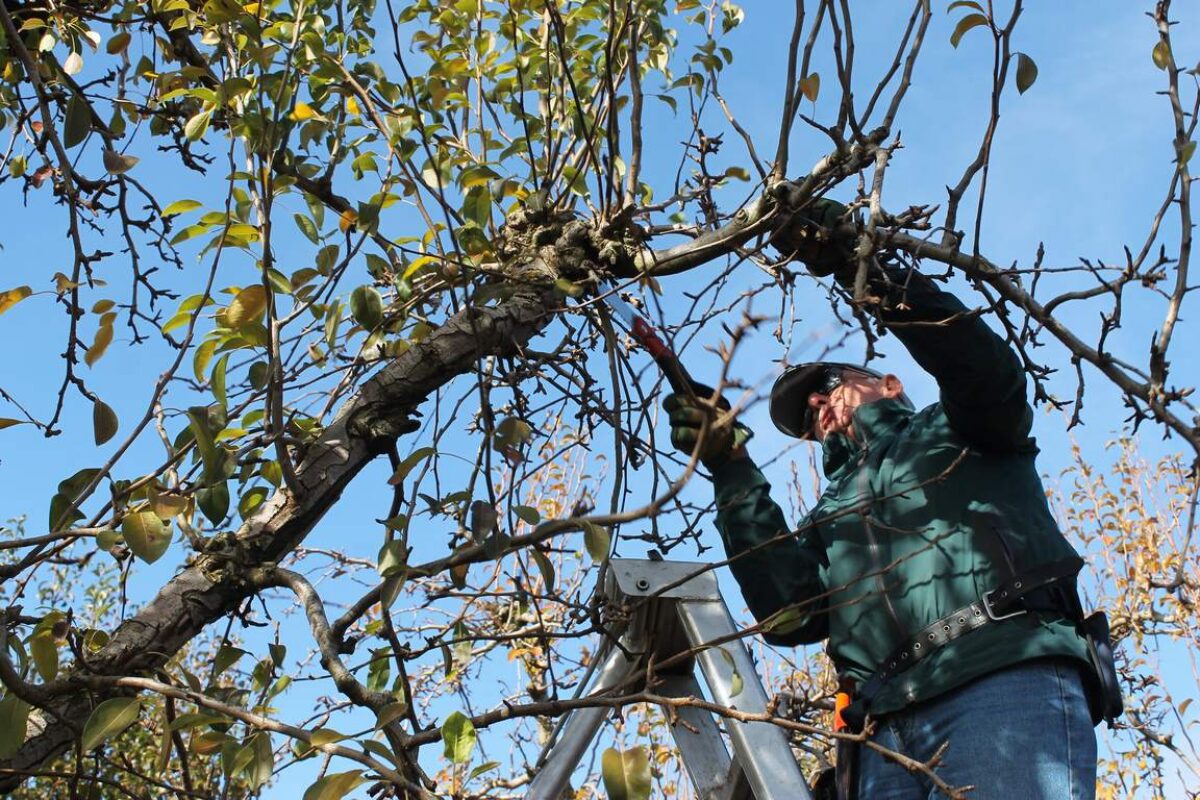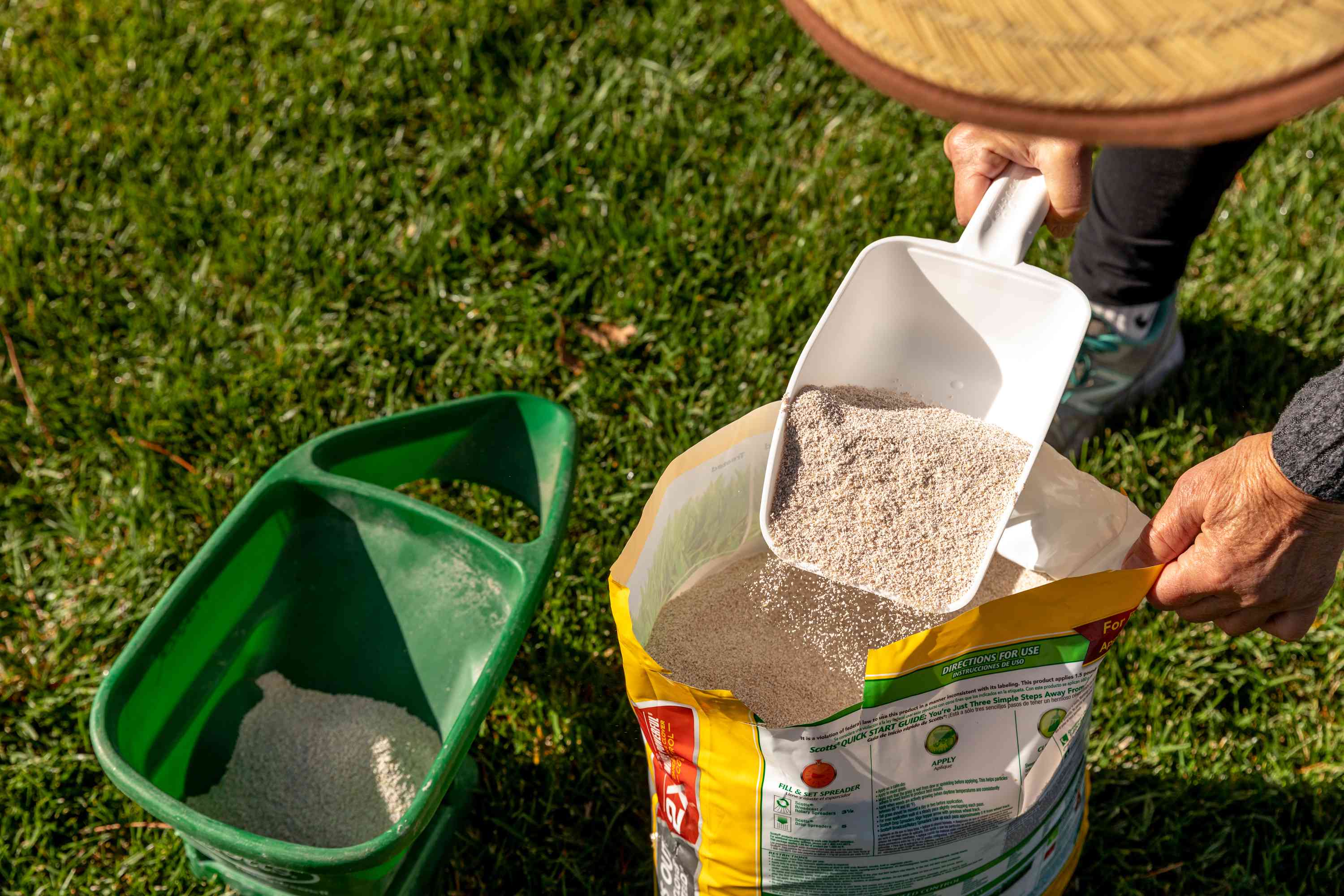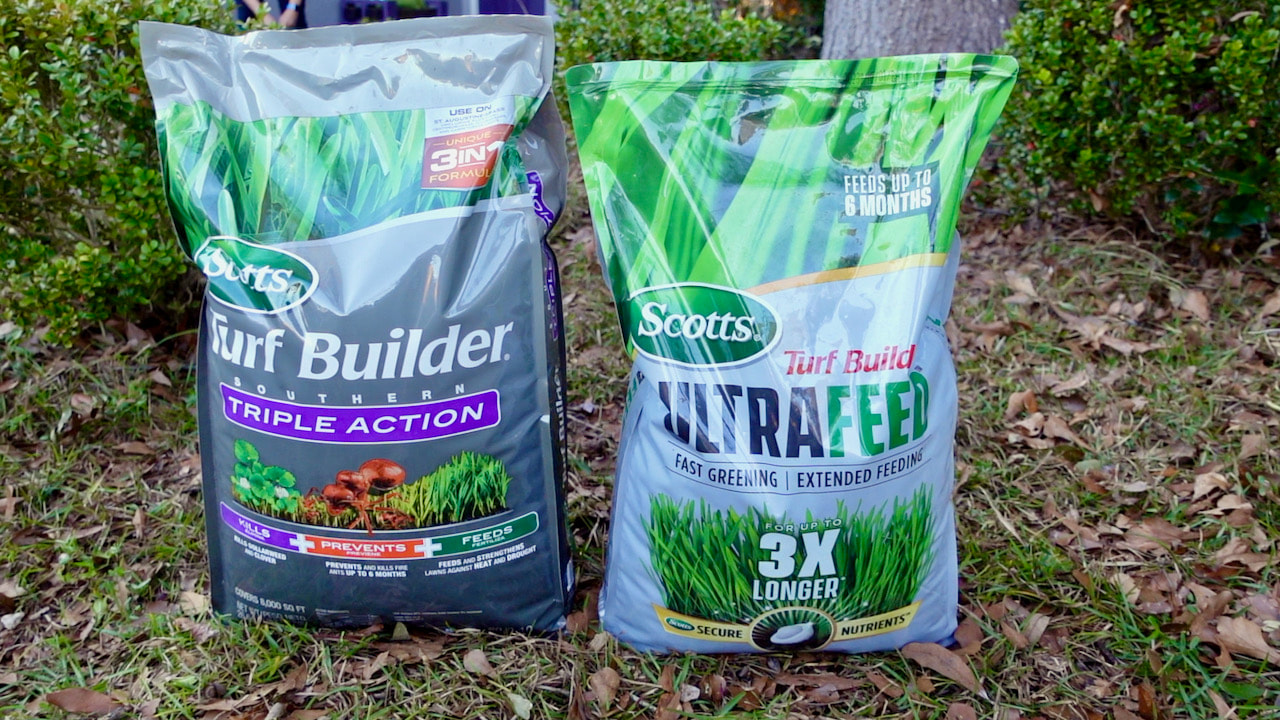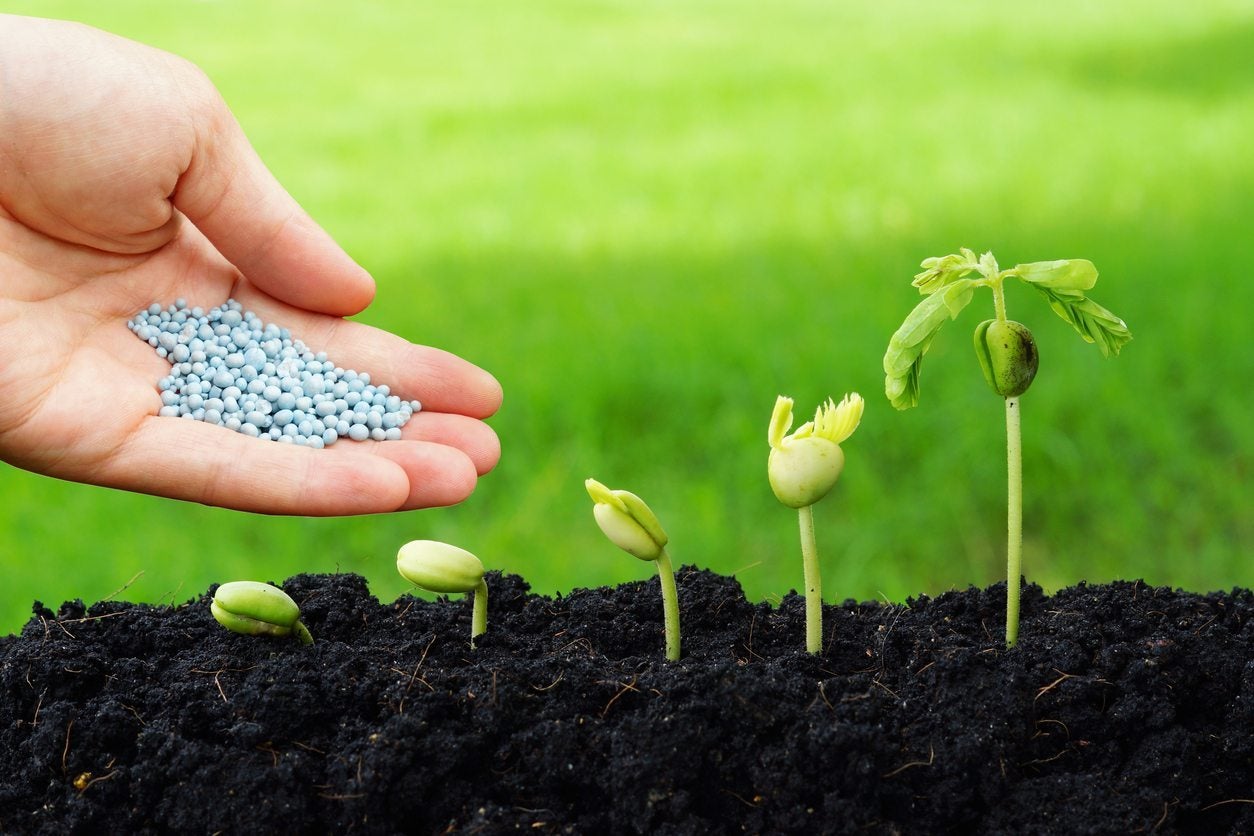Home>Gardening Tips and Tricks>Maximizing Yield>When To Fertilize Trees


Maximizing Yield
When To Fertilize Trees
Modified: February 8, 2024
Discover the optimal time to fertilize trees for maximizing yield. Learn expert tips and techniques to boost tree growth and enhance productivity.
(Many of the links in this article redirect to a specific reviewed product. Your purchase of these products through affiliate links helps to generate commission for Chicagolandgardening.com, at no extra cost. Learn more)
Table of Contents
Introduction
Fertilizing trees plays a crucial role in maintaining their health and promoting optimal growth. Just like humans, trees require essential nutrients to thrive and withstand environmental stressors. While trees can access some nutrients naturally through the soil and decomposition of organic matter, they often need an extra boost in the form of fertilizers to ensure they receive the necessary elements for their well-being.
Properly fertilizing trees not only improves their overall appearance, but it also enhances their ability to resist diseases and pests. However, the timing and application of fertilizers are critical for maximizing the benefits and preventing any potential harm to the trees. In this article, we will explore the best practices for fertilizing trees and discuss the important factors to consider.
Whether you have fruit trees in your orchard, decorative trees in your garden, or shade trees in your backyard, understanding when and how to fertilize them will help you maximize their yield and longevity. So, let’s dive into the world of tree fertilization and learn how to give our trees the nourishment they need to thrive.
Importance of Fertilizing Trees
Fertilizing trees is vital for their overall health and growth. Just like humans require a balanced diet, trees need essential nutrients to thrive and reach their full potential. While soil naturally contains some of these nutrients, it may still lack certain elements necessary for optimal tree growth. This is where fertilizers come in.
Fertilizers provide trees with the necessary nutrients they need to maintain strong, healthy roots, develop robust branches, and produce vibrant foliage and fruits. These nutrients, such as nitrogen, phosphorus, and potassium, are essential for various physiological processes in trees, including photosynthesis, growth, and defense against diseases and pests.
By fertilizing trees, we can enhance their ability to absorb water and nutrients from the soil, making them more resistant to drought and other environmental stressors. This, in turn, helps trees withstand extreme weather conditions, such as hot summers or cold winters. Additionally, fertilizing trees boosts their immune systems, making them less susceptible to pests and diseases.
Furthermore, fertilizing trees plays a crucial role in maximizing their yield. Fruit-bearing trees, such as apple or citrus trees, rely on proper nutrition to produce high-quality fruits. By providing them with the right balance of nutrients, we can significantly increase the yield and improve the taste, size, and appearance of the fruits.
In addition to the aesthetic and productivity benefits, fertilizing trees contributes to environmental conservation. Well-nourished trees are more efficient at absorbing carbon dioxide and releasing oxygen, assisting in reducing global warming and improving air quality. They also prevent soil erosion, provide shade, and create habitats for birds and other wildlife.
Overall, the importance of fertilizing trees cannot be overstated. It not only enhances their appearance and productivity but also strengthens their resilience to environmental challenges and improves the overall ecosystem. By providing trees with the nutrients they need, we can ensure that they thrive and continue to enrich our lives and the environment.
Factors to Consider
When it comes to fertilizing trees, there are several factors to consider to ensure you provide the right amount of nutrients at the right time. By understanding these factors, you can tailor your approach to meet the specific needs of your trees. Here are some key factors to consider:
- Tree species: Different tree species have varying nutrient requirements. Some trees, like evergreens, may require more nitrogen, while fruit trees may need additional phosphorus and potassium. Research the specific nutrient needs of your tree species to determine the appropriate fertilizer.
- Tree age: The age of the tree influences its fertilizer requirements. Young trees typically require more frequent fertilization to stimulate growth, while mature trees may need less frequent applications to maintain their health.
- Soil conditions: Assessing your soil’s pH level and fertility is crucial in understanding the nutrient content and availability. Conduct a soil test to determine if any amendments are needed before fertilization. Adjusting soil pH levels can optimize nutrient uptake by the tree.
- Climate: Environmental factors play a significant role in determining when to fertilize trees. In regions with distinct seasons, it is advisable to fertilize in early spring or fall when trees are actively growing and can readily absorb nutrients.
- Tree health: Consider the overall health of the tree before fertilizing. Trees suffering from diseases, pests, or environmental stressors may not benefit from fertilization until their health issues are resolved. Address any underlying problems before applying fertilizers.
- Fertilizer type: Selecting the right type of fertilizer is crucial for providing the necessary nutrients. Organic fertilizers from natural sources slowly release nutrients over time, while synthetic fertilizers provide a quick nutrient boost. Consider your preferences, environmental impact, and tree’s needs when choosing a fertilizer.
By considering these factors, you can tailor your fertilization approach to meet the specific requirements of your trees. Ensuring that nutrients are provided in the right amounts and at the right time will contribute to the overall health and vitality of your trees.
Signs of Nutrient Deficiency in Trees
Nutrient deficiency in trees can have significant impacts on their overall health and growth. It is important to identify the signs of nutrient deficiencies early on to address the issue and provide the necessary nutrients. Here are some common signs of nutrient deficiency in trees:
- Yellowing leaves: One of the most noticeable signs of nutrient deficiency is the yellowing of leaves, which is often an indicator of insufficient nitrogen. Nitrogen deficiency causes the older leaves to turn yellow from the tip towards the stem.
- Poor growth and small leaves: Insufficient levels of phosphorus can result in stunted growth and smaller leaves. Phosphorus deficiency affects the tree’s ability to transfer energy, leading to weakened root development and overall poor vigor.
- Leaf discoloration: If you notice unusual leaf discoloration, such as brown or purple patches, it may indicate a deficiency in essential micronutrients like iron or magnesium. These micronutrients play crucial roles in various metabolic processes, and their deficiency can hinder proper tree development.
- Leaf curling or distortion: Nutrient deficiencies, particularly potassium, can cause leaves to curl or become distorted. Potassium plays a vital role in maintaining the turgor pressure in cells, and its deficiency can lead to reduced water regulation within the tree, resulting in curled leaves.
- Premature leaf drop: An insufficient supply of nutrients can cause trees to prematurely shed their leaves. Deficiencies in nutrients like potassium or magnesium can contribute to leaf drop, even during the growing season.
- Reduced fruit production: Fruit-bearing trees may experience reduced fruit production when vital nutrients like phosphorus or potassium are lacking. Insufficient nutrients can lead to smaller, fewer, or underdeveloped fruits.
It is important to note that these symptoms may also be caused by other factors, such as pests, diseases, or water stress. Therefore, it is essential to properly diagnose nutrient deficiencies by conducting a soil test and consulting with a professional if necessary.
By promptly recognizing and addressing nutrient deficiencies, you can take appropriate measures to provide the necessary nutrients to your trees, ensuring their continued growth and vitality.
Best Times to Fertilize Trees
Timing is crucial when it comes to fertilizing trees, as it ensures that the nutrients are readily available when the trees need them the most. While the specific timing may vary depending on the tree species and regional climate, there are general guidelines to follow. Here are some of the best times to fertilize trees:
- Early spring: In regions with distinct seasons, early spring is an ideal time to fertilize trees. As the weather warms up, trees come out of dormancy and begin their active growth phase. Applying fertilizer during this time provides a nutrient boost to support new growth and an overall healthy start to the growing season.
- Early fall: Another optimal time for fertilizing trees is in early fall, just before the onset of winter. Fertilizing at this time ensures that trees have sufficient nutrients to sustain them during the winter months when their growth may be slow or dormant. The nutrients stored in the roots during winter will enhance the tree’s ability to bounce back vigorously in the following spring.
- Specific tree requirements: Some tree species have specific fertilization needs that may differ from the general guidelines. For example, deciduous fruit trees often require fertilizer applications in late winter or early spring, just before the bud break, to support fruit production. Consult tree-specific resources or a certified arborist for the best timing to fertilize specific tree species.
It is important to note that excessive fertilization or fertilizing at the wrong time can have negative consequences. Over-fertilizing can lead to nutrient imbalances, environmental pollution, and potential tree damage. Therefore, it is crucial to follow recommended fertilization rates and timing guidelines for your specific trees.
Additionally, consider the soil test results when determining the appropriate timing for fertilization. If the soil test indicates nutrient deficiencies or imbalances, it may be necessary to adjust the fertilization schedule accordingly.
By fertilizing trees at the right times, you can ensure that they receive the necessary nutrients when they are most actively growing and can make the most efficient use of the applied fertilizer.
How to Properly Fertilize Trees
Fertilizing trees involves more than just applying the fertilizer to the ground. To ensure that the trees receive the maximum benefit from the nutrients, it is essential to follow proper fertilization techniques. Here are some steps to properly fertilize trees:
- Identify the feeding zone: The feeding zone of a tree extends from the trunk to the dripline, which is the outermost circumference of the tree’s canopy. This is where the majority of the tree’s absorbing roots are located, and it should be the target area for fertilizer application.
- Calculate the right amount: Determine the appropriate amount of fertilizer to apply based on the tree’s size, age, and nutrient requirements. Avoid over-fertilizing, as it can lead to nutrient imbalances or damage to the tree.
- Apply at the right time: Apply the fertilizer during the recommended time, such as early spring or fall. Avoid fertilizing during drought conditions or extreme weather, as the tree may not be able to absorb the nutrients effectively.
- Distribute evenly: Spread the fertilizer evenly within the feeding zone. Use a broadcast spreader or hand tools to ensure that the fertilizer is distributed uniformly. Uneven application can lead to inconsistent nutrient uptake and potential burning of the tree’s roots.
- Avoid the trunk area: Keep the fertilizer at least 6 inches away from the trunk to prevent burning or damaging the bark. Concentrated fertilizers in direct contact with the trunk can cause harm to the tree.
- Water thoroughly: After applying the fertilizer, water the area thoroughly to help the nutrients permeate into the soil. This also prevents fertilizer burn and encourages the roots to take up the nutrients more effectively.
- Monitor and adjust: Regularly monitor the tree’s response to the fertilization. Look for signs of improved growth, greener foliage, and increased yield. Adjust the fertilizer application based on the tree’s needs and any soil test results.
It is important to read and follow the instructions provided by the fertilizer manufacturer for specific application rates and techniques. Different fertilizers may have different application methods, so always consult the product label to ensure proper usage.
By following these steps and techniques, you can ensure that the trees receive the necessary nutrients in an efficient and effective manner, promoting their growth and overall health.
Types of Fertilizers for Trees
Choosing the right type of fertilizer for your trees is crucial to provide them with the necessary nutrients. There are various types of fertilizers available, each with its own characteristics and advantages. Here are some common types of fertilizers for trees:
- Organic fertilizers: Organic fertilizers are derived from natural sources, such as animal manure, compost, bone meal, or fish emulsion. They release nutrients slowly over time as they break down, providing a steady and long-lasting source of nutrition for the trees. Organic fertilizers also improve soil structure and microbial activity, promoting overall soil health.
- Granular fertilizers: Granular fertilizers are solid particles that release nutrients slowly when watered or activated by rainfall. They are available in various formulations, with different nutrient ratios to suit the specific needs of tree species. Granular fertilizers are easy to apply and can be spread evenly around the tree’s feeding zone.
- Liquid fertilizers: Liquid fertilizers come in a liquid form and are usually diluted with water before application. They can be applied to the soil around the tree or sprayed directly onto the foliage, allowing for quick absorption by the roots and leaves. Liquid fertilizers are often used for foliar feeding, providing a rapid nutrient boost to the tree.
- Slow-release fertilizers: Slow-release fertilizers are designed to release nutrients gradually over a specified period of time, usually several months. They come in granular or pellet form coated with a special resin or polymer that controls the nutrient release. Slow-release fertilizers are convenient as they require less frequent applications, providing a steady supply of nutrients to the trees.
- Specialty fertilizers: Specialty fertilizers are specifically formulated for certain types of trees or for addressing specific nutrient deficiencies. For example, there are fertilizers designed for acid-loving plants or those enriched with specific micronutrients like iron or magnesium. These fertilizers can be beneficial for targeting specific nutritional needs of trees.
When selecting a fertilizer, consider factors such as the nutrient requirements of your trees, soil conditions, and your preferences for organic or synthetic options. It is also helpful to conduct a soil test to identify any specific nutrient deficiencies or imbalances that need to be addressed with the appropriate fertilizer.
Remember to follow the manufacturer’s instructions for application rates and timings specific to the chosen fertilizer type. By selecting the right fertilizer for your trees, you can ensure they receive the essential nutrients they need to thrive and reach their full potential.
Common Mistakes to Avoid
While fertilizing trees is beneficial, there are common mistakes that should be avoided to ensure the best results and prevent any potential harm to the trees. By being aware of these mistakes, you can make informed decisions when it comes to tree fertilization. Here are some common mistakes to avoid:
- Over-fertilization: Applying excessive amounts of fertilizer can lead to nutrient imbalances, root burn, and potential damage to the tree. It is important to follow recommended fertilization rates and avoid the temptation to apply more thinking it will have a greater effect.
- Understand tree requirements: Not all trees have the same nutrient requirements. It is essential to research and understand the specific needs of your tree species. Applying the wrong type or amount of fertilizer can have little to no effect or can even harm the tree.
- Improper application: Fertilizer should be distributed evenly throughout the tree’s feeding zone. Avoid piling or concentrating fertilizer near the trunk, as this can cause burning or damage to the bark. Uneven application can result in inconsistent nutrient uptake by the tree.
- Ignoring soil conditions: Understanding the soil conditions is crucial before fertilizing. Conducting a soil test can provide valuable information about the nutrient content, pH levels, and any deficiencies or imbalances. Ignoring the soil conditions can result in ineffective fertilization or even worsen the nutrient imbalances.
- Fertilizing at the wrong time: Timing is essential when it comes to fertilizing trees. Applying fertilizer during dormant periods or extreme weather conditions may result in the nutrients not being utilized effectively. It is important to fertilize during the active growth phases when trees can readily absorb and benefit from the nutrients.
- Not considering environmental impact: Be mindful of the environmental impact of the fertilizers used. Excessive use of synthetic fertilizers can leach into water bodies, causing pollution. Consider using organic or slow-release fertilizers and follow recommended application rates to minimize environmental harm.
By avoiding these common mistakes, you can ensure that your tree fertilization efforts are effective, safe, and beneficial for the health and growth of your trees. Always remember to research, follow proper guidelines, and make informed decisions when it comes to tree fertilization.
Conclusion
Fertilizing trees is a vital aspect of tree care, as it provides the necessary nutrients for their health, growth, and productivity. By understanding the importance of fertilization and following best practices, you can maximize the yield of your trees and ensure their long-term viability.
Consider factors such as tree species, age, soil conditions, and climate when determining the appropriate timing and type of fertilizer. Pay attention to the signs of nutrient deficiencies and adjust your fertilization approach accordingly. Remember to avoid common mistakes such as over-fertilization, improper application, and ignoring soil conditions.
Choose the right type of fertilizer that suits your tree’s needs and preferences, whether it’s organic, slow-release, granular, or liquid. Ensure that you follow the recommended application rates and methods to provide the nutrients evenly throughout the tree’s feeding zone.
Proper tree fertilization not only enhances their appearance and productivity but also improves their resilience to environmental stressors. Well-nourished trees contribute to environmental conservation by purifying the air, preventing soil erosion, and providing habitats for wildlife.
Lastly, seeking guidance from certified arborists or local tree care professionals can be beneficial, especially if you are unsure about the specific nutrient requirements or soil conditions of your trees.
With proper knowledge and care, you can create an environment where your trees thrive, adding beauty, shade, and environmental benefits to your surroundings. So, invest in the health of your trees and enjoy the rewards of their lush growth and bountiful yield.
